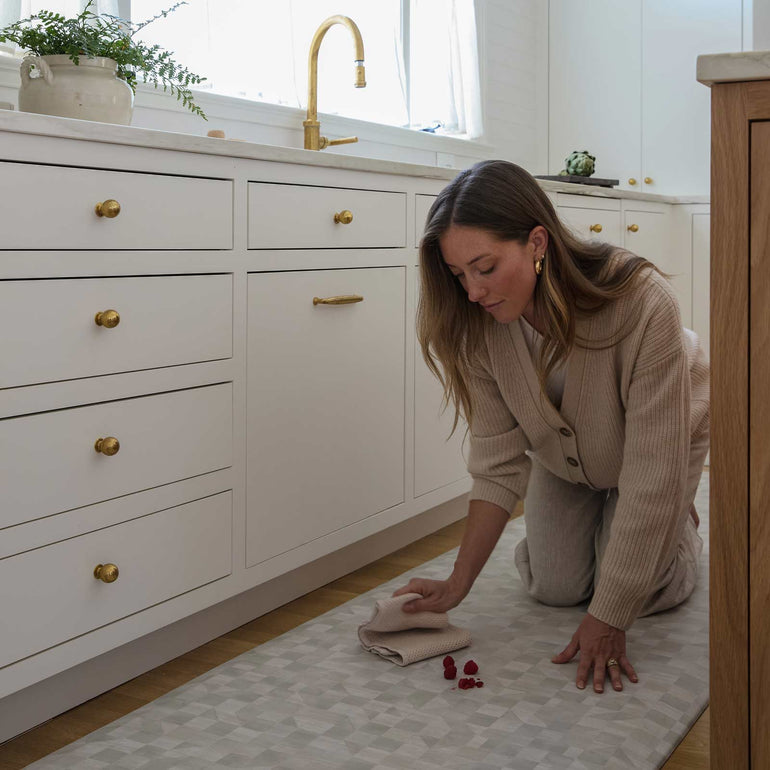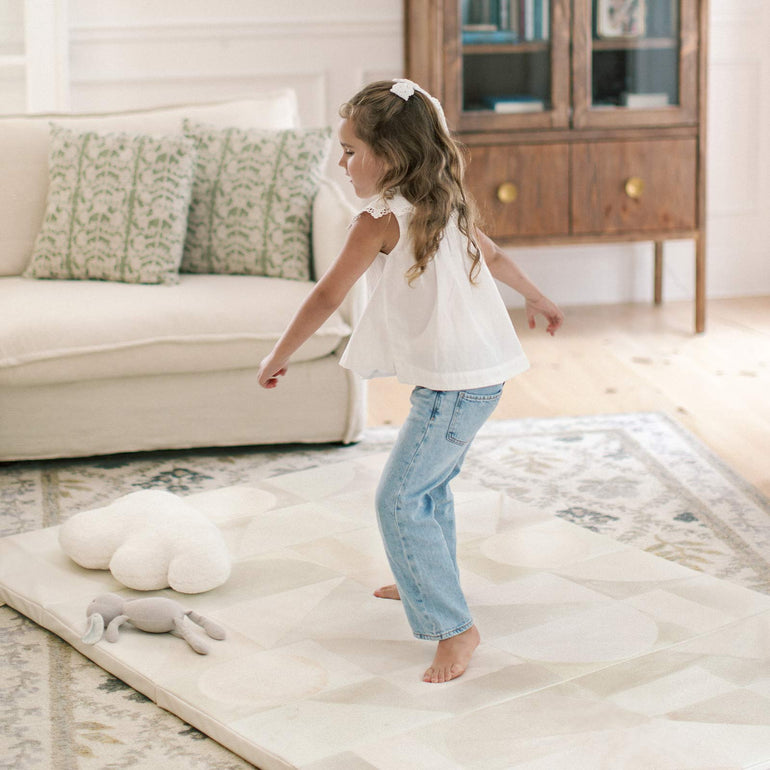
Cooking with kids is a wonderful way to strengthen family bonds while teaching important life skills. More than just preparing meals, it creates space for conversation, creativity, and connection. When families cook together, the kitchen becomes a place where memories are made and lessons are learned naturally.
Why Cooking with Kids Matters
Cooking teaches children responsibility, teamwork, and basic skills like measuring and following directions. Family cooking in the kitchen also builds confidence as children see the results of their efforts come together into something they can share and enjoy.
Introducing children to cooking at an early age also encourages healthier eating habits. When kids participate in preparing meals, they are more likely to try new foods and develop a deeper appreciation for what goes into cooking. This also provides an opportunity to explore different cultures and cuisines, broadening children’s understanding of the world around them in a way that feels natural and fun.
How to Make Cooking with Kids Stress-Free
Making cooking with children stress-free starts with planning simple and age-appropriate activities. Recipes that involve easy steps, such as stirring, pouring, or decorating, allow children to feel successful without feeling overwhelmed.
It also helps to set the tone with a relaxed mindset. Expecting a bit of mess and a few mistakes keeps the experience enjoyable. Preparing ingredients ahead of time, such as washing produce or measuring out dry goods, can help the process flow more smoothly once everyone is gathered in the kitchen.
Dividing tasks into small, manageable pieces ensures that everyone has a role to play, making cooking for a family a true team effort. Having a comfortable setup, such as using standing mats designed for kitchen use, can make long cooking sessions easier on the body and more enjoyable for both adults and children.
Creating a Safe and Stylish Kitchen for Family Time
A safe kitchen is essential when kids are in the kitchen. Setting up a child-friendly space involves a few simple adjustments, such as moving sharp knives out of reach and keeping cleaning supplies stored securely. Non-slip mats, secure step stools, and lightweight, easy-to-handle utensils make it easier and safer for young chefs to join in.

Beyond safety, comfort matters too. Spending time cooking for a family often means standing in one spot for longer periods, which is why incorporating the right support underfoot is helpful. An anti-fatigue kitchen mat can ease physical strain and keep the experience feeling fun and relaxed. Creating a stylish, welcoming atmosphere with bright aprons, colorful measuring spoons, and special cooking spaces for kids also helps turn the kitchen into a place where everyone wants to gather.
How to Encourage Kids to Cook
Giving children choices, such as picking out recipes or deciding which toppings to add to a pizza, makes them feel more invested. Teaching basic techniques one step at a time builds their skills and confidence without overwhelming them.
Parents and caregivers can also keep enthusiasm high by celebrating efforts rather than perfection. Sharing compliments, asking children to present their dishes proudly at the table, and even photographing their creations can make the experience feel special. Keeping the tone light and positive ensures that kids cooking feels exciting rather than like a chore.
For younger children, turning kitchen activities into playful learning experiences can also help. Simple games, like guessing ingredients by smell or racing to set the table, make cooking with family an adventure rather than a task.
Favorite Recipes to Start Cooking with Your Kids
Choosing the right recipes can make a big difference when introducing children to the joys of cooking. Look for meals that offer plenty of chances for participation and creativity. Some favorites include:
-
Mini Pizzas: Using pre-made dough or English muffins allows kids to add their favorite toppings and customize their creations.
-
Fruit Kabobs: Colorful fruits like strawberries, grapes, and melon make assembling kabobs a fun and healthy activity.
-
Pasta Salad: Children can help chop vegetables (with supervision) and stir everything together for a simple, satisfying dish.
-
No-Bake Cookies: With easy-to-follow steps and no need for an oven, no-bake cookies are perfect for beginners.
-
Breakfast Parfaits: Layering yogurt, granola, and fruit teaches children simple assembly skills while creating a nutritious snack.
Cooking with kids is more than a fun afternoon activity. It is a quiet way of showing them that creativity, resilience, and connection are part of everyday life. The lessons they carry from family time in the kitchen will echo beyond recipes, helping them feel confident in trying new things and working alongside others.
As you cook together, remember it is not about the perfect dish. It is about handing your child the tools to be curious, capable, and connected. Every stir, every spill, every shared laugh builds the foundation for how they will approach challenges, celebrations, and family traditions for years to come.










